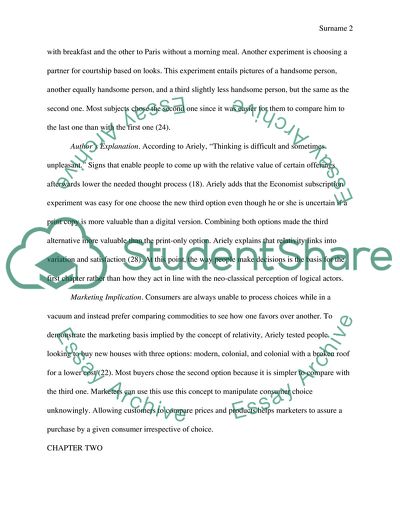Cite this document
(Predictably irrational book review Report/ Example | Topics and Well Written Essays - 1500 words, n.d.)
Predictably irrational book review Report/ Example | Topics and Well Written Essays - 1500 words. Retrieved from https://studentshare.org/literature/1861606-quotpredictably-irrationalquot-book-review
Predictably irrational book review Report/ Example | Topics and Well Written Essays - 1500 words. Retrieved from https://studentshare.org/literature/1861606-quotpredictably-irrationalquot-book-review
(Predictably Irrational Book Review Report/ Example | Topics and Well Written Essays - 1500 Words)
Predictably Irrational Book Review Report/ Example | Topics and Well Written Essays - 1500 Words. https://studentshare.org/literature/1861606-quotpredictably-irrationalquot-book-review.
Predictably Irrational Book Review Report/ Example | Topics and Well Written Essays - 1500 Words. https://studentshare.org/literature/1861606-quotpredictably-irrationalquot-book-review.
“Predictably Irrational Book Review Report/ Example | Topics and Well Written Essays - 1500 Words”, n.d. https://studentshare.org/literature/1861606-quotpredictably-irrationalquot-book-review.


